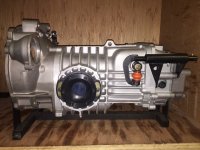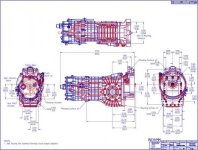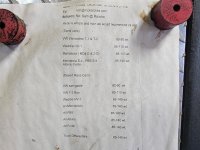SeanRitchie
Well-known member
- May 6, 2021
- 447
- 1,021
The official thread for all transaxle related FAQ's and basic information. There is lots of mis-information floating around on the internet, hopefully this one thread will be able to inform all readers and give the correct information.
I'll start it off with some basic info on each Weddle Industries produced transaxle. A phone call or e-mail will always be the best way to get the proper and accurate information you need for your specific application.
This thread is not limited to Weddle units only, but I will not be able to answer any questions on non-Weddle units. Hopefully some of the other reps can jump in and answer questions on their units.
All information posted here is for basic information only. Due to an extremely wide variety of applications in this sport/hobby, there is no way to issue "hard numbers" to any one transaxle. Everyone has different driving styles, every car is built different, and there are lots of variables in how any driver navigates and drives through rough terrain. These variables will drastically affect how long any transaxle can be used between services, and/or fail under extreme use. The faster and harder any vehicle is driven through rough terrain, or abused with improper use will accelerate the wear and tear, and require more frequent servicing with higher cost of services.
Let's get started.
I'll start it off with some basic info on each Weddle Industries produced transaxle. A phone call or e-mail will always be the best way to get the proper and accurate information you need for your specific application.
This thread is not limited to Weddle units only, but I will not be able to answer any questions on non-Weddle units. Hopefully some of the other reps can jump in and answer questions on their units.
All information posted here is for basic information only. Due to an extremely wide variety of applications in this sport/hobby, there is no way to issue "hard numbers" to any one transaxle. Everyone has different driving styles, every car is built different, and there are lots of variables in how any driver navigates and drives through rough terrain. These variables will drastically affect how long any transaxle can be used between services, and/or fail under extreme use. The faster and harder any vehicle is driven through rough terrain, or abused with improper use will accelerate the wear and tear, and require more frequent servicing with higher cost of services.
Let's get started.





